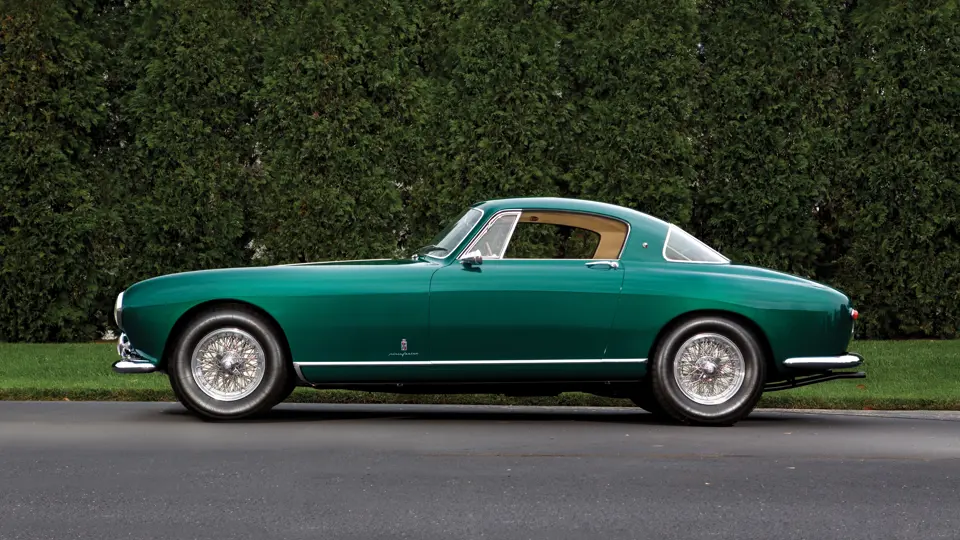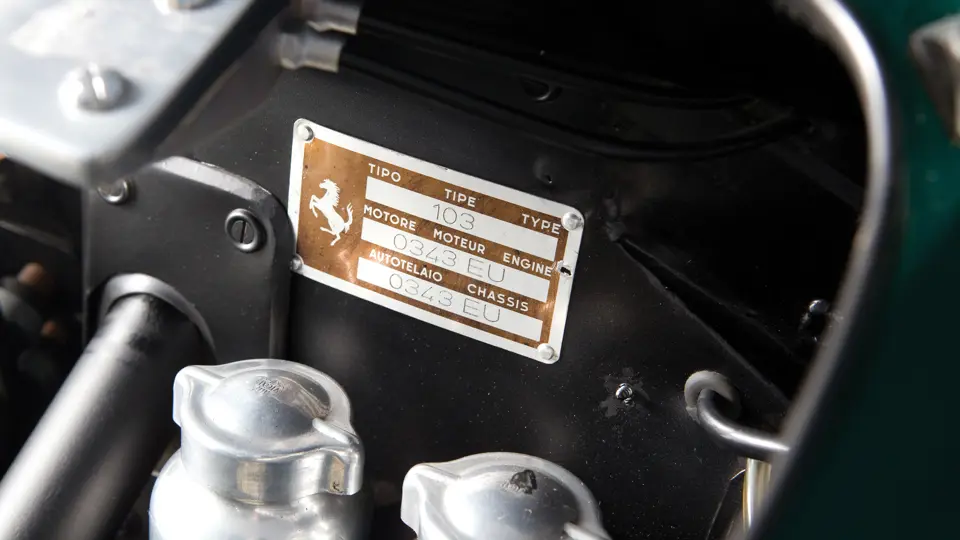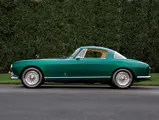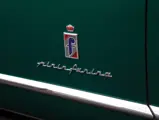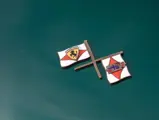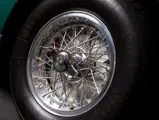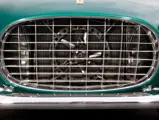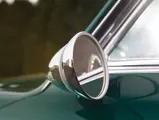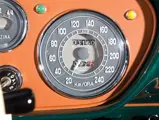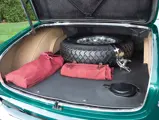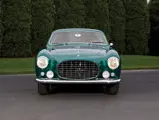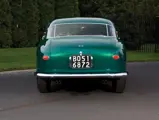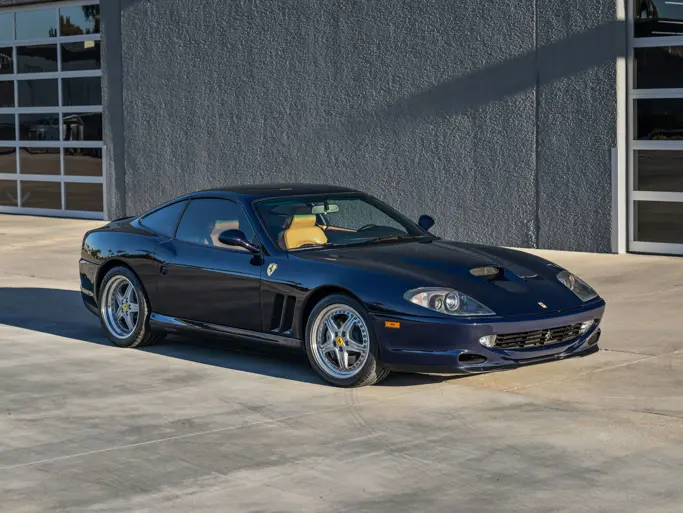200 bhp, 2,963 cc, 60 degree single overhead cam V-12 engine, four-speed manual gearbox, independent front suspension with double wishbones and double leaf springs, live rear axle with semi-elliptic springs, Houdaille shocks, and hydraulic drum brakes all around. Wheelbase: 102 in.
• One of only 16 examples produced
• Legendary Lampredi V-12 power
• Extraordinarily high quality of restoration and subsequent care
In the late-1930s, after an extensive and successful career at Alfa Romeo, both in racing and team management, Enzo Ferrari ended his partnership with the company after it reassumed control over his Scuderia Ferrari. Contractual obligations and the production demands of World War II prevented him from immediately building any cars of his own. By the late-1940s, however, Ferrari S.p.A. had launched an all-out racing campaign, which, by the early-1950s, was largely funded by revenue from Ferrari’s production sports car manufacture.
Introduced to the public at the 1953 Paris Auto Salon, alongside the 375 America, the 250 GT Europa was the first road-going Ferrari identified by the now-legendary 250 series nomenclature. It was also the first true gran turismo Ferrari ever produced, and it solidified Ferrari’s longstanding relationship with Pinin Farina.
Pinin Farina designed their first Ferrari in the early-1950s, but by the mid-50s, they had truly established the Ferrari “look,” as exemplified by the Europa/Boano/Ellena GT series.
Design cues included the long, low hood and a signature oval radiator opening, traits that by the mid-1950s had secured “Principal Ferrari Design House” status for the Turin firm.
Even though these cars were marketed as expensive, luxurious, and well-finished grand touring machines, their advanced specifications and sleek lines helped assure the marque’s reputation for performance above all else.
Heretofore, the famed Italian design house had been entrusted with far fewer Ferrari designs compared to its competitors, Vignale, Ghia, and Touring. With its high-waisted, crisp lines, and large oval grille, the elegant yet sporty 2+2 coupe is now regarded as a Pinin Farina classic and a trendsetting design for future 250s.
The Europa was the only Ferrari 250 to carry the Aurelio Lampredi-designed V-12, which was originally designated for racing use and produced over 200 horsepower. As such, the 250 GT Europa was capable of 135 mph top speeds and 0–60 times under 8 seconds. The V-12 engine was coupled to an all-synchromesh transmission and, in conjunction with the car’s superb handling characteristics, made for an outstanding gran turismo package.
Only 17 Europas were built by Pinin Farina in a twelve-month period, 16 of them were coupes. Nearly all examples were exported to the United States, but Charlie Chaplin, Princess de Réthy of Belgium, and Prince Bernhard of Holland each took delivery of one; Enzo Ferrari was to own a Europa as well.
This particular 250 Europa, chassis 0343 EU, was sold new to Dr. Achille Stazzi, of Milan, Italy, and it was originally finished in a two-tone grey. It was exported to the United States in the late-1950s and sold to highly respected NART engineer, Ferrari collector, and marque authority Wayne Sparling, of Florida, who in turn sold it in the 1960s to Preston Henn, owner of the Swap Shop in Fort Lauderdale. Henn, also a longtime collector of rare Ferraris, subsequently sold the car when he acquired chassis 06885, a Ferrari 275 GTB/C.
By 1971, the car was owned by James C. Hall, of Michigan, and then Harley Cluxton III, the racing driver, Ferrari dealer, and team owner. Bob Slayden then purchased the car, moved to Philadelphia in 1972, and sold it the same year. By the 1990s, the car was acquired by Paul Forbes, of Los Angeles, before eventually being purchased by Charles Betz and Fred Peterson, who conducted a nut-and-bolt restoration at great expense and to a spectacular level in 2004. Every component was restored or replaced with new parts, and the car has seen limited use since. The engine was built by Bob Wallace and was dynamometer tested prior to installation in the car. Upon its completion, it was shown at the Cavallino Classic, where it was awarded with a Platinum Award before going on to place Third in Class at the Pebble Beach Concours d’Elegance. In fact, the car participated in the Pebble Beach Tour as well.
Since coming into the current ownership several years ago, it has been in the stewardship of a connoisseur who retains a modest stable of some of the finest European classic and sports cars in existence. Upon acquisition, each vehicle in the collection is treated to a thorough detailing that lavishes just as much attention to the underside of the car as does to the topside. The vehicles are also started and driven on a regular basis, and they are serviced regularly, with any maintenance items addressed immediately. Truly, a better home could not be had. As a result, the cosmetic presentation of this 250 Europa is thoroughly stunning.
The paintwork (done by Steve Beckman), chrome, and trim were all executed to the highest standards, and the color combination remains nothing short of spectacular, just as it would have been on the lawn at Pebble Beach. The level of the body preparation is extraordinary, with tight, consistent gaps and an excellent fit. The panels, particularly the doors, operate with a smoothness and delicacy that usually eludes freshly restored cars. The glass and lights are excellent as well, and the headlamps and auxiliary lamps are both Marchal items.
The interior is equally impressive with a striking level of craftsmanship. The instruments, dashboard, and Butterscotch upholstery are superb, and the quality of the materials is absolutely first-rate. Compared with later Ferraris, the interior is remarkably spacious.
The engine compartment and trunk have both been spectacularly restored, and as expected, they are spotless. They are also extremely correct with respect to finishes, materials, and hardware, as is required for cars that compete at this level. The underside is likewise spotless and beautifully detailed.
This is an opportunity to acquire an extremely important and collectible example of this early Ferrari. It is virtually devoid of faults and shortcomings, and it has been extremely well documented with several hundred photographs, documenting the entire restoration process from start to finish, culminating in its appearances at Pebble Beach and Cavallino. The car also comes with a complete tool roll and a Borrani spare wire wheel.
Benefiting from such rarity, as well as a superb concours-quality restoration, a matching-numbers 250 Europa of this caliber would be an exceptional addition to any automotive collection. An excellent candidate for future show appearances, this car is, of course, also eligible for a great many driving events, including the Mille Miglia, the California Mille, the Colorado Grand, and many others. Considering the origins of the Ferrari-Pinin Farina relationship alongside the birth of the marque’s famed gran turismo cars, the Europa holds a great deal of historical value within the greater spectrum of European sports cars.
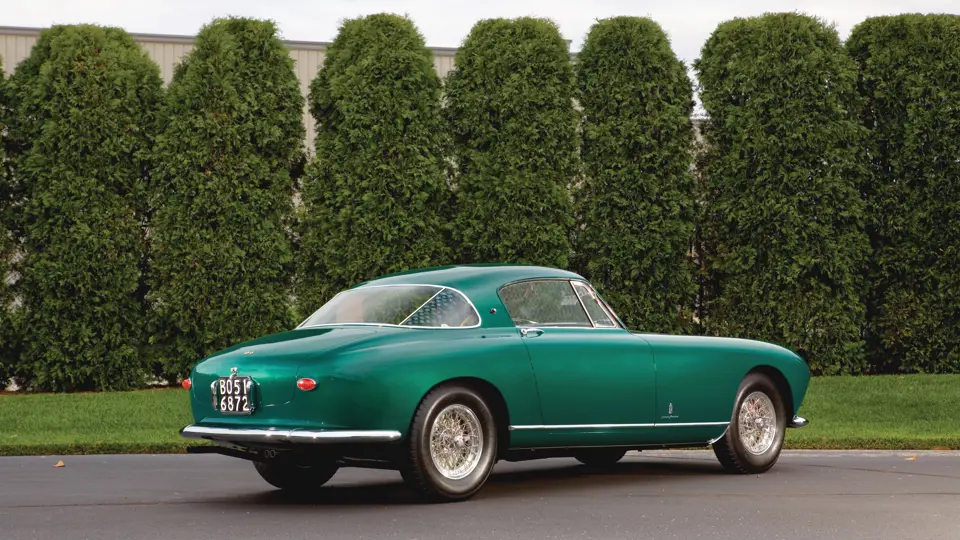



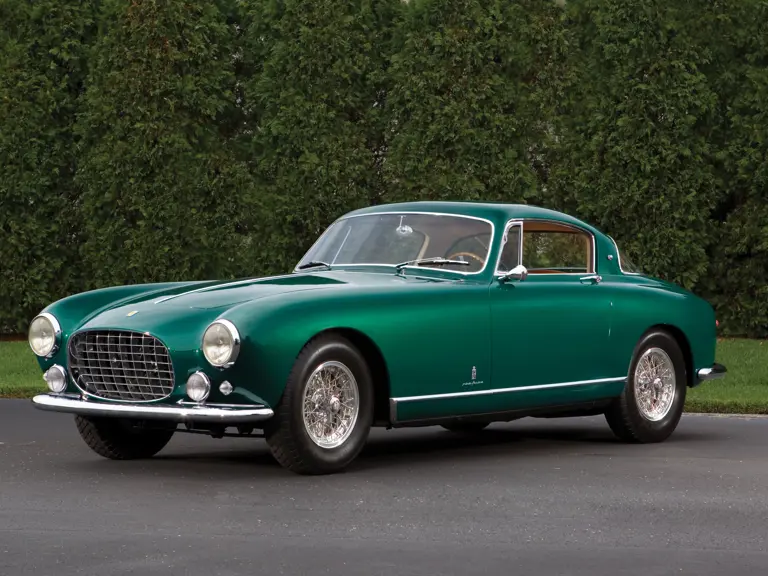

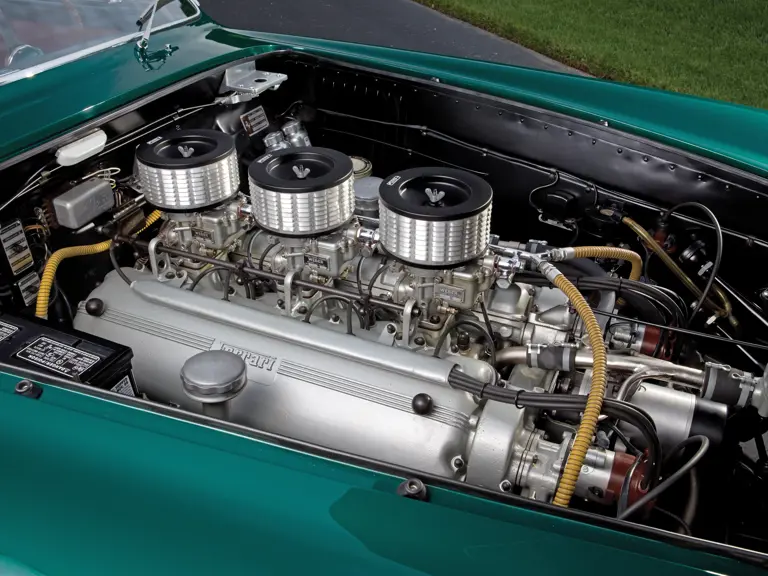

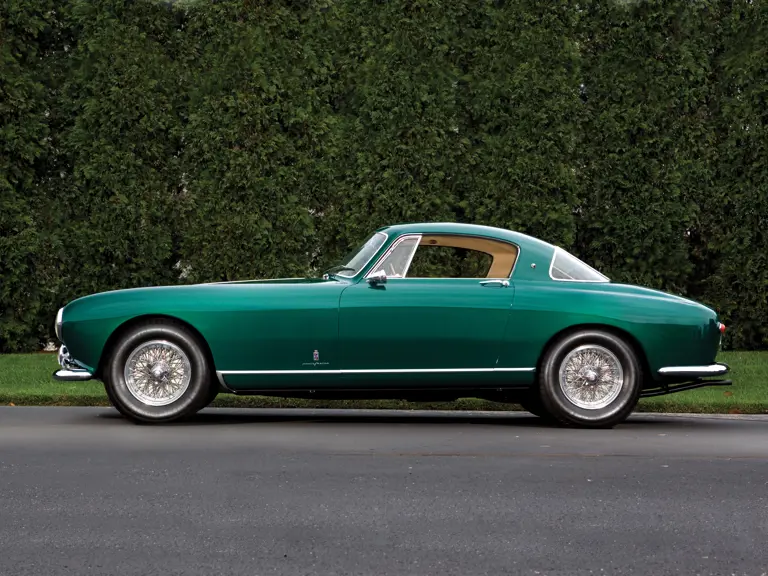
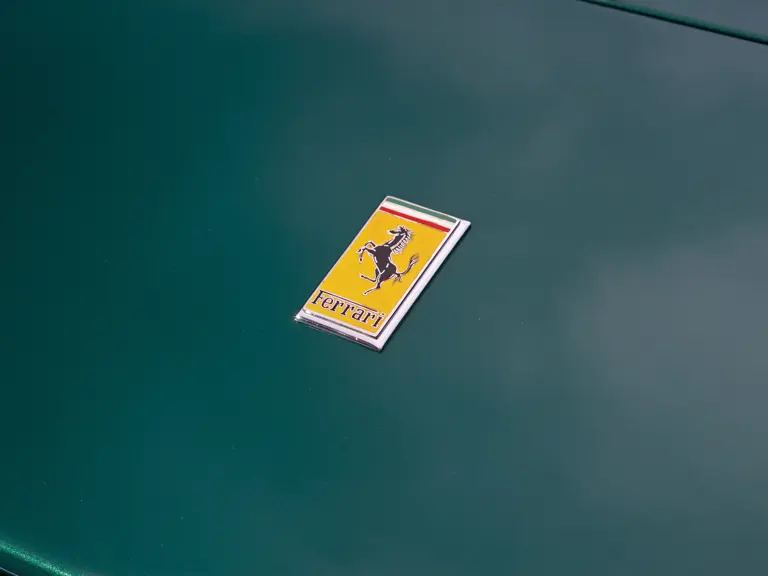

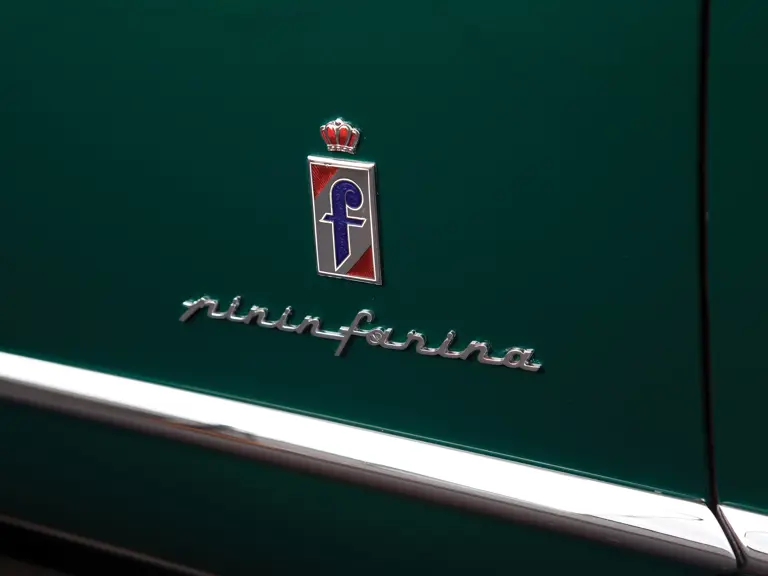
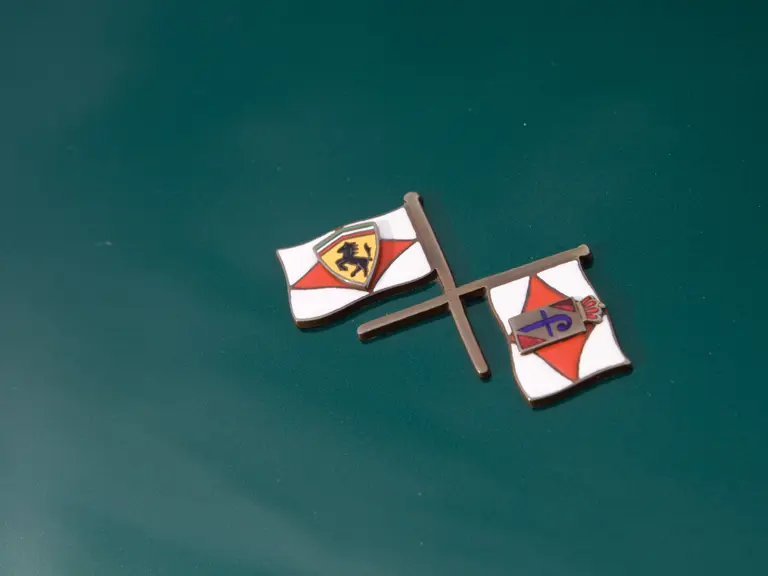
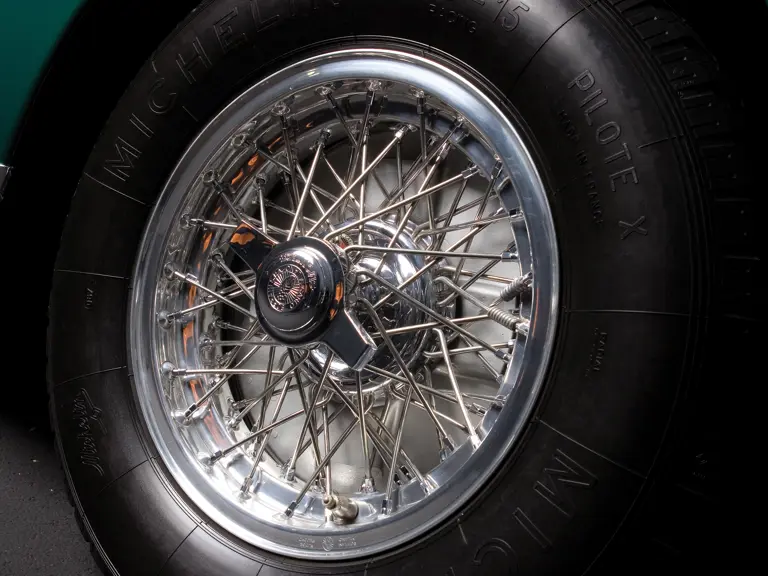
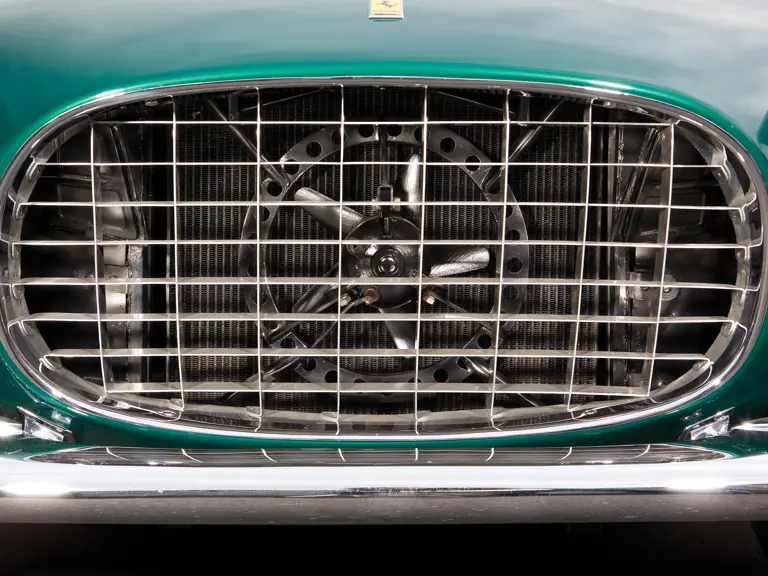
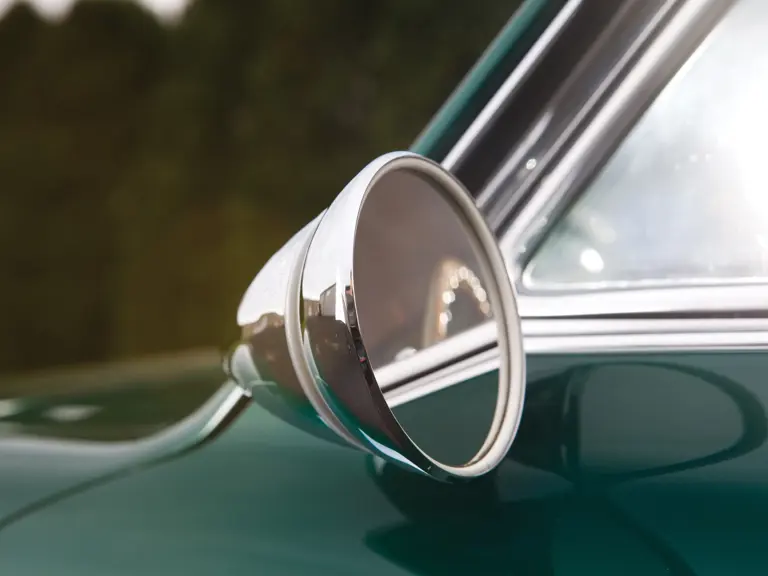
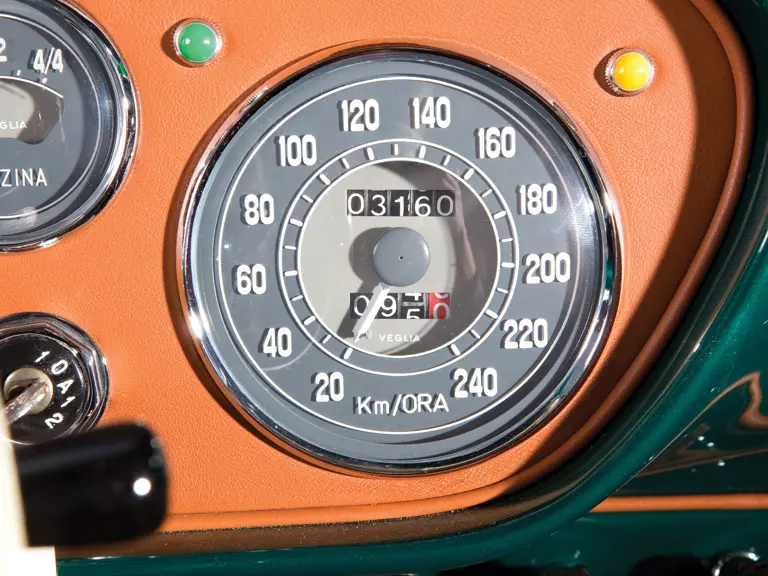
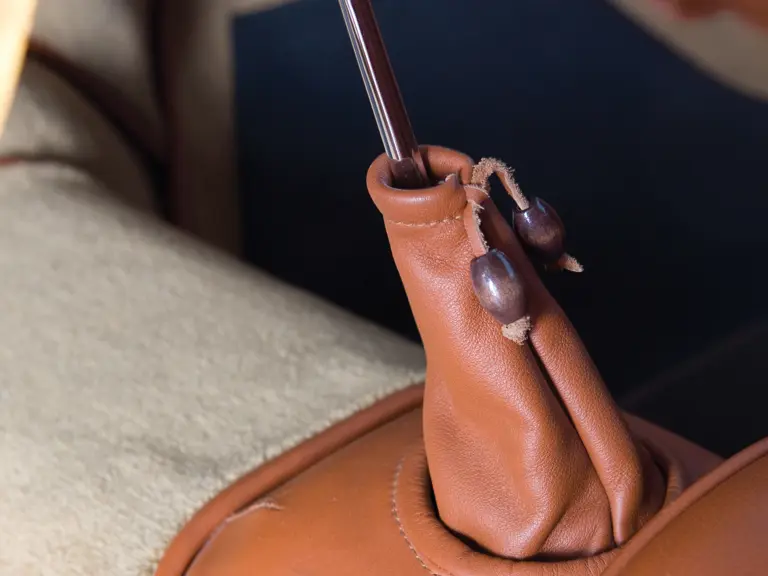
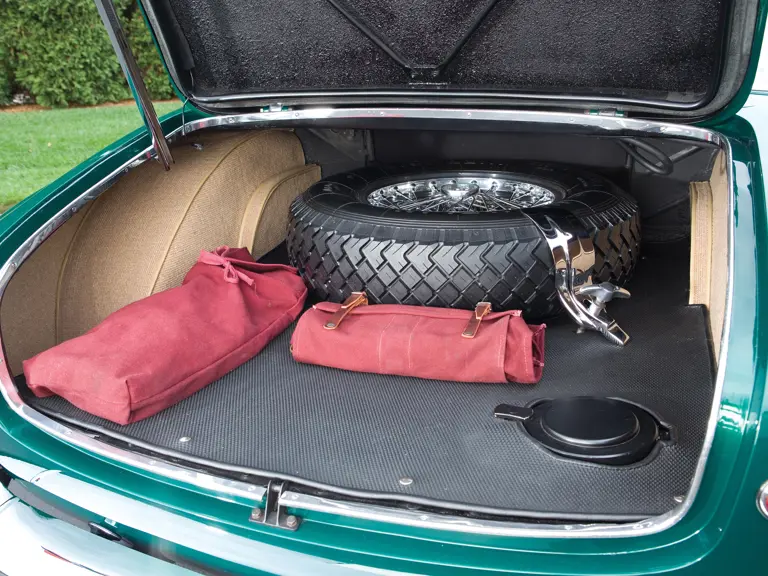
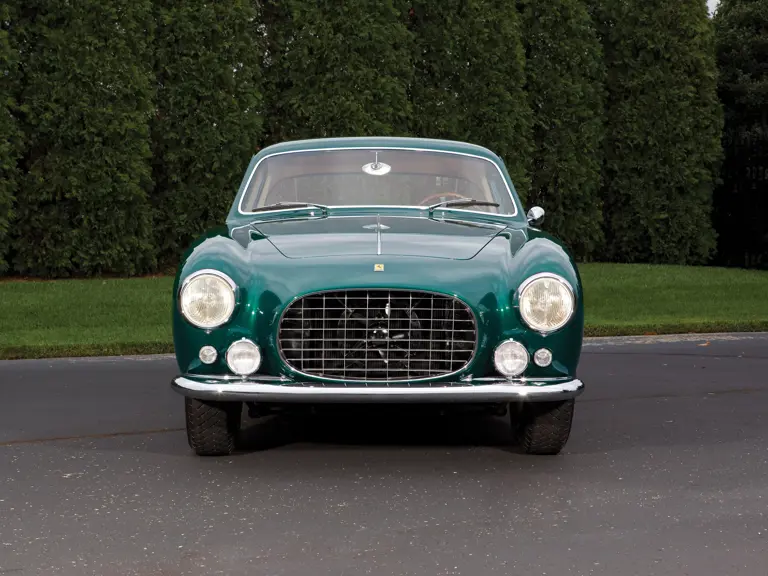
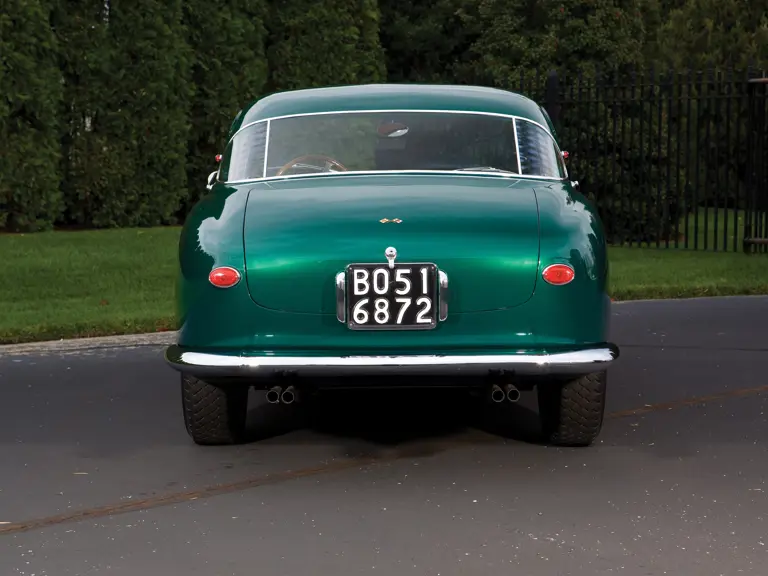
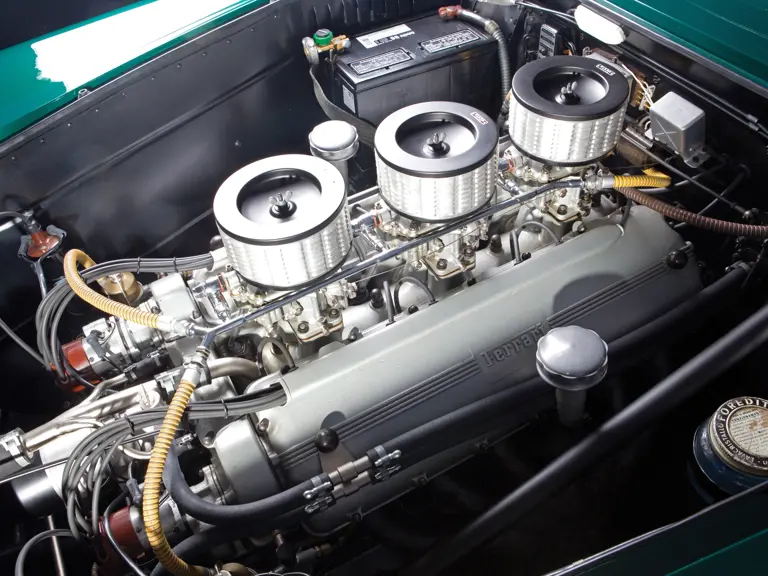

 | Phoenix, Arizona
| Phoenix, Arizona
